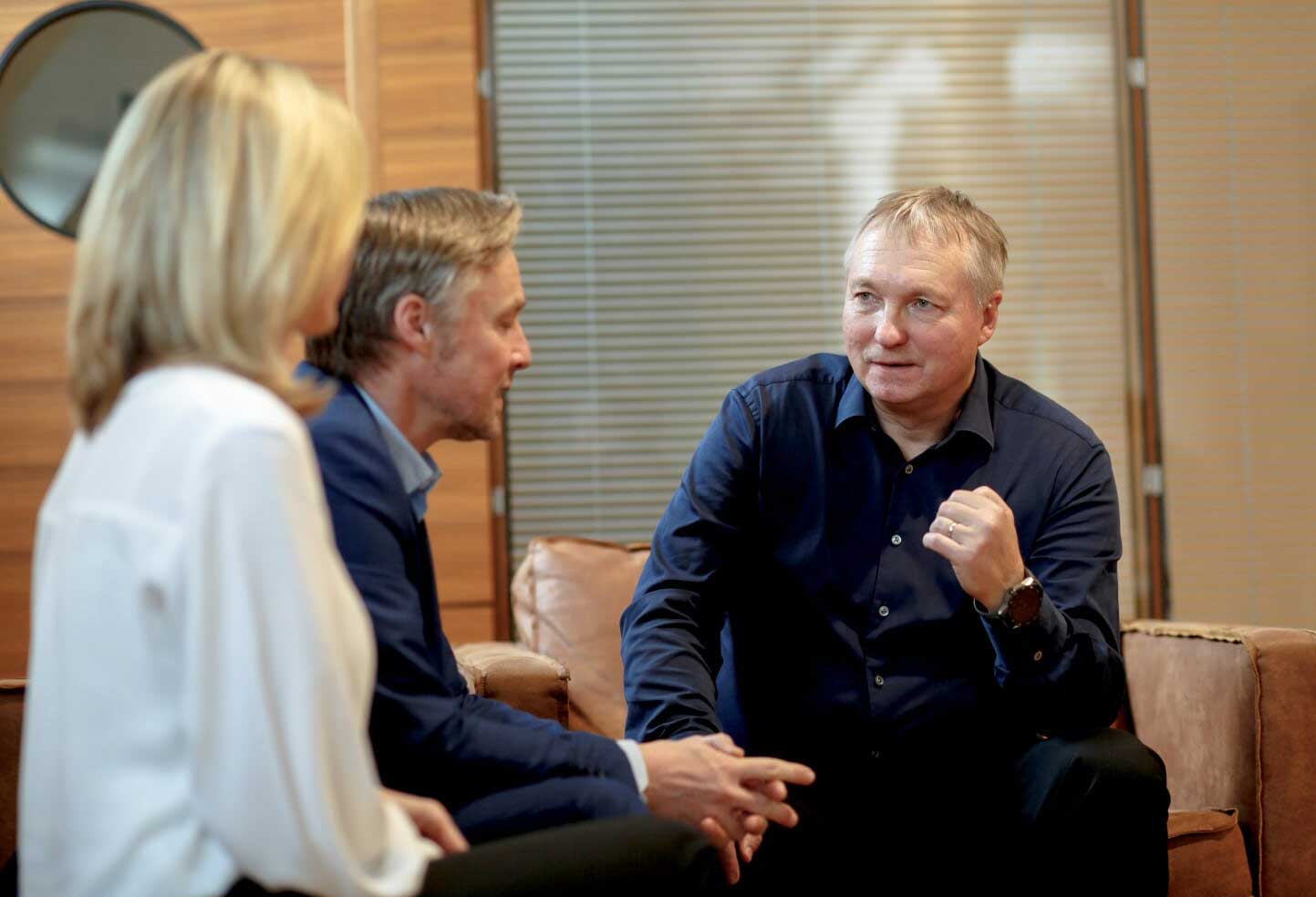Using an Interim Manager specialised in Sales from butterflymanager GmbH, Switzerland’s IXPA partner, was about increasing flexibility and speed. The most important thing was that it required learning and living out agile procedures. All of this had to be achieved to not only achieve an increase in turnover in the short-term, but also to secure the competitive position of the engineering company permanently and sustainably. The Interim Manager’s action plan defined targets, milestones and metrics. Allowing self-regulation was answered by rapid successes and speed. Agility was learned bit by bit.
Challenges for the client
In a VUCA world, anything can happen at any time. Predictions often lead to surprises from reality. Competitors appear suddenly and in an agile and surprising way. More and more frequently, business models are changing at breath-taking speed. That’s how it was in this case too: competition around the client company had resulted in the development of very good products up until that point. That meant they had to score points in the market with a more professional sales process and top service. That required a radical restructuring of the organisation and required the employees to learn and live out agile procedures.
VUCA is an acronym for the terms Volatility, Uncertainty, Complexity and Ambiguity. It describes difficult conditions for managing a company. The term came into being in the 90s at an American military college and was originally used to describe the multilateral world at the end of the Cold War. Later the term expanded to include other areas of strategic leadership and other types of organisations, all the way through to the economy. (Source: Wikipedia)
The approach:
- Two workshops with the employees
- Understanding and analysing the company’s key figures
- Analysing employees’ abilities
- Short-term action plan with metrics
- Sell, sell, sell
- Tidy up internally
- Communicate more and provide transparent information
- No politics (manipulation)
- Leading in a results-oriented way
- Reorganise
- 5-year plan
How did we convince the employees?
The team was not used to sell intensively or achieving sales targets in a structured and results-oriented way. The pipeline was weak, few strategies were available and there were no guiding structures. So, we started with sales training, the disciplined use of a solution sales process and area planning. It quickly became apparent who could and wanted to do sales and who preferred to delight customers with excellent service. The resistance to change was extraordinarily high. This led the Interim Manager to choose a pull-push approach which consistently resulted in agreed tasks and results being delivered on time. It was nice that Inside Sales and SCM (Supply Chain Management) worked properly.
For Eckhart Hilgenstock, the Interim Manager provided by butterflymanager GmbH (Interim Management Provider, www.butterflymanager.com) it was particularly important to listen well right from the start of the assignment. After that, he used most of his time increasing the quality of results, such as area planning. It was also clear afterwards that only a radical restructuring would bring about commercial success: separating service and sales and recruiting additional “hunters” who were used attracting permanent new customers. This was the logical conclusion based on the employees’ abilities and will. During area planning, it became apparent straight away who was worth considering for sales for the long term, and who wasn’t.
So, the sales people had to be freed from ‘service’, which is just as important for customers as good sales advice. The company needed both to improve its results.

The Interim Manager from butterflymanager in a motivating discussion.
But how did we get the flexibility needed for this VUCA world? In a world in which yesterday’s plan is considered ancient the very next day? And how does it work in a place where the managing director has made decisions in a very authoritarian manner until this point? How did we get agility? How do we create an organisation in which the employees make decisions at the moment in which a decision is needed, and they have all information and all their experiences available?
Involved team members can make a decision more easily than an expert far away! The particular challenge: making mistakes is good so that we can learn quickly and lose little time doing the wrong things. This is a completely different way of dealing with mistakes.
Encouraging, motivating, developing
This is where the role of executives comes into play: encouraging, motivating and developing. The same goes for a value-oriented culture and an inspiring direction and purpose. That’s why we have abolished the boundaries in the organisation which organised people according to their tasks: we no longer have Sales, Services or Inside Sales, just “one team”: we’re organised into customer segments in a customer-oriented way. A team can then provide a customer every service that the customer needs. The team determines how it does that itself. And has short internal routes to do that.
Conclusion
Allowing self-regulation was answered by rapid successes and speed. It increased the self-confidence of the team members. “Temporary stewardship – permanent solution”. This principle has also proven itself to be true in this interim mandate. It matters that the executives and teams are able to continue developing the business without the Interim Manager. For this to happen, the Interim Manager must be able to put guidelines in place, and they must empower the employees to do it.
“The vision was clear from the beginning and fine-tuned with the client. The plan and several of the Interim Manager’s workshops with the employees brought clarity and understanding. Agility was learned bit by bit,” said Dr. Harald Schönfeld, Managing Director of butterflymanager GmbH, the Interim Management Provider, in his summary of the results.
